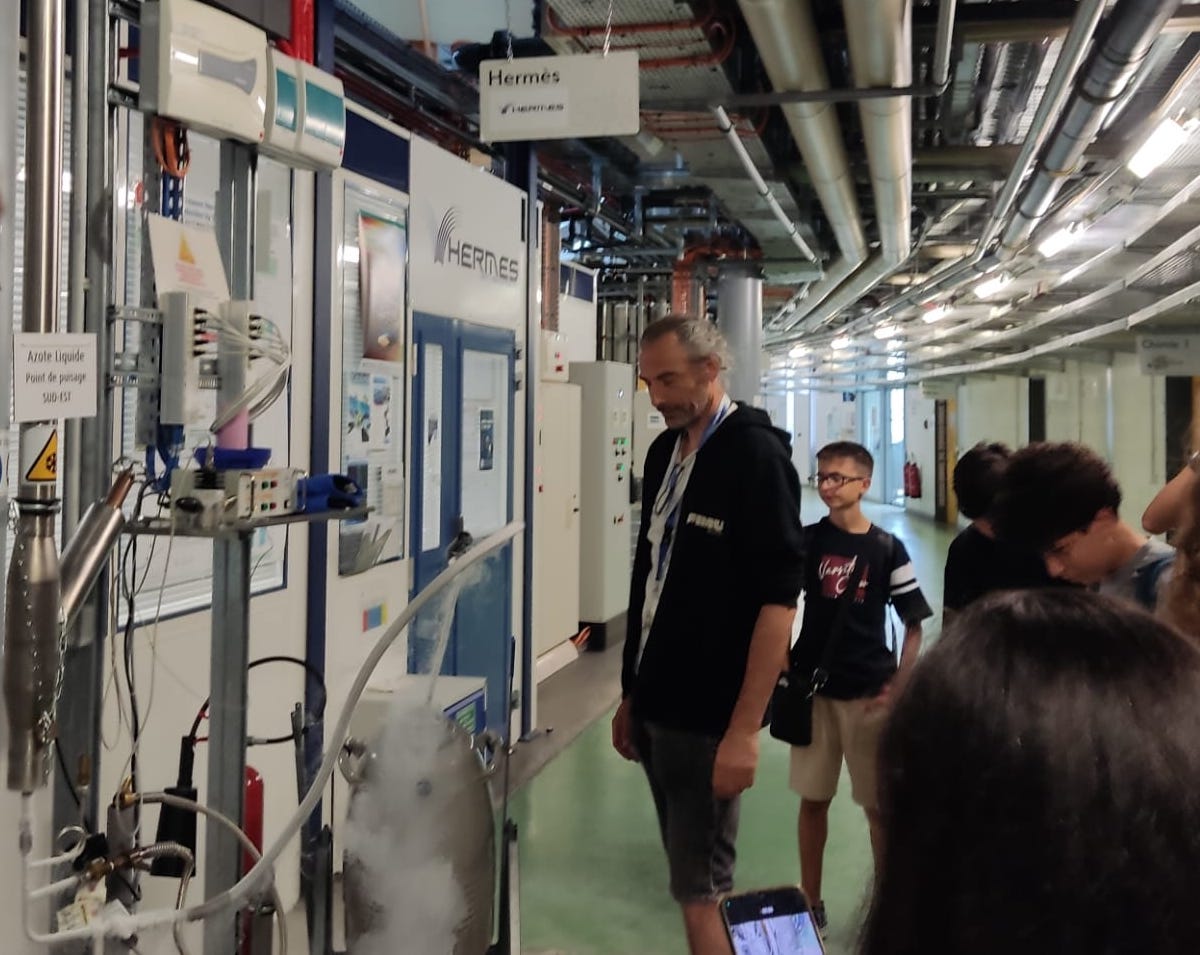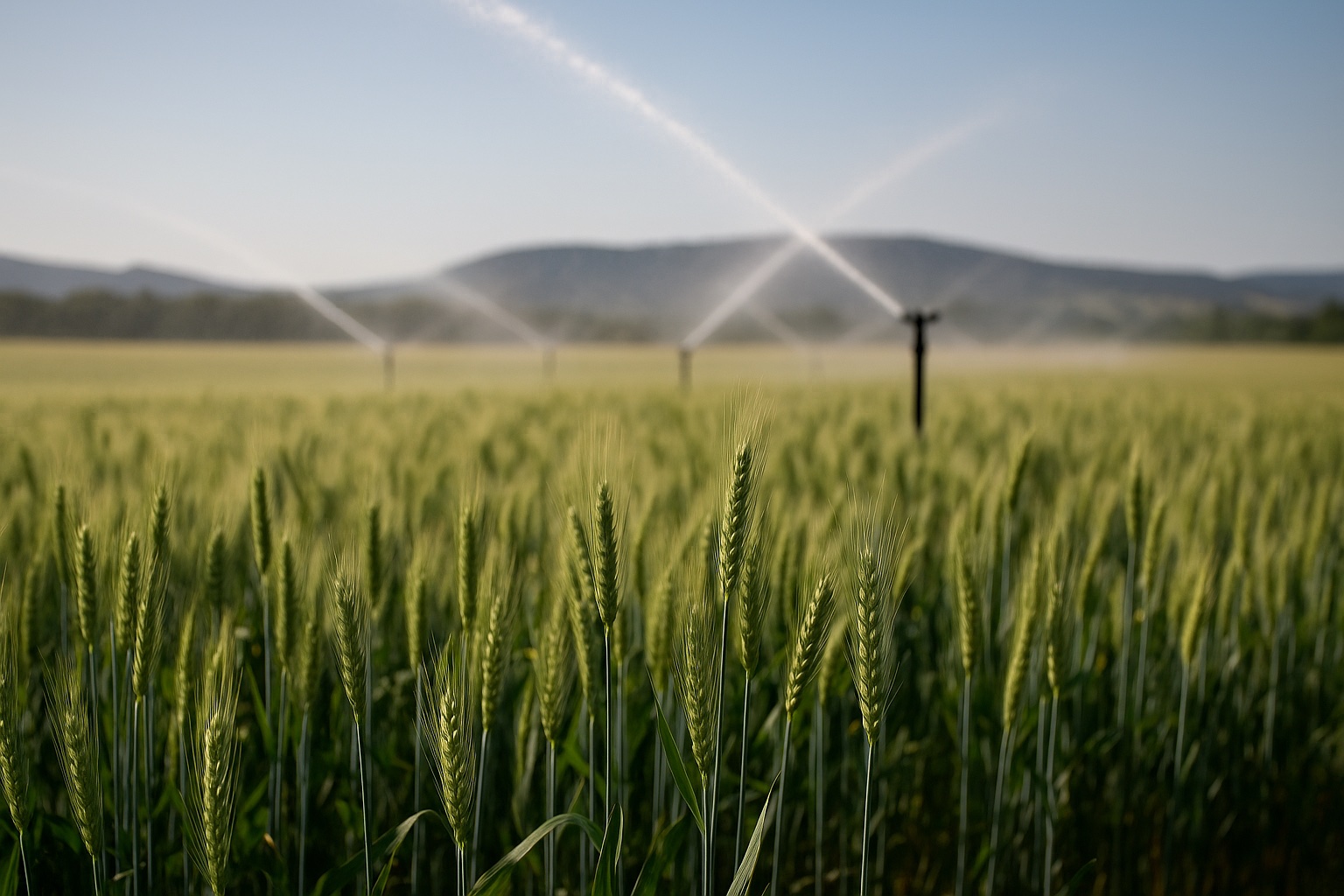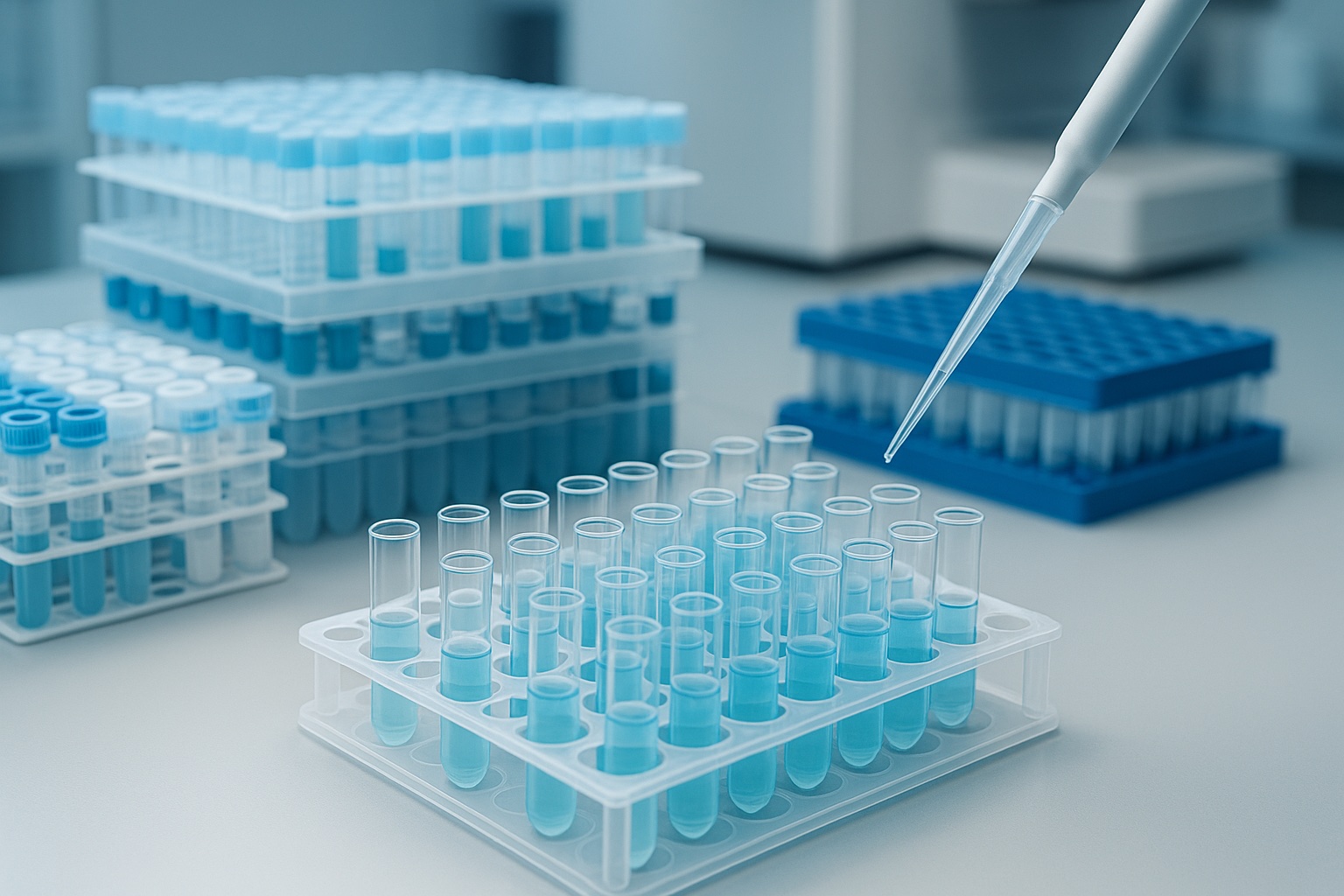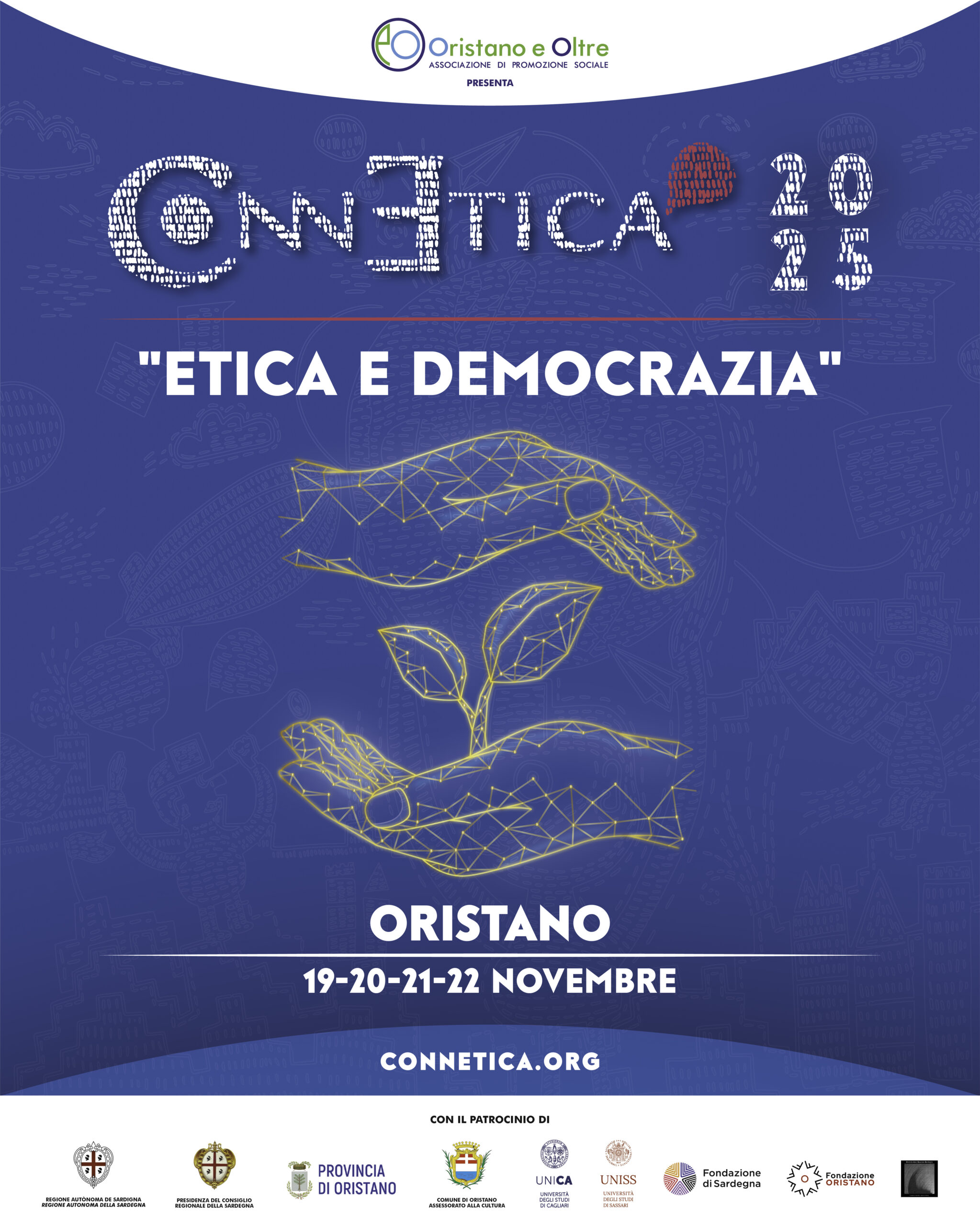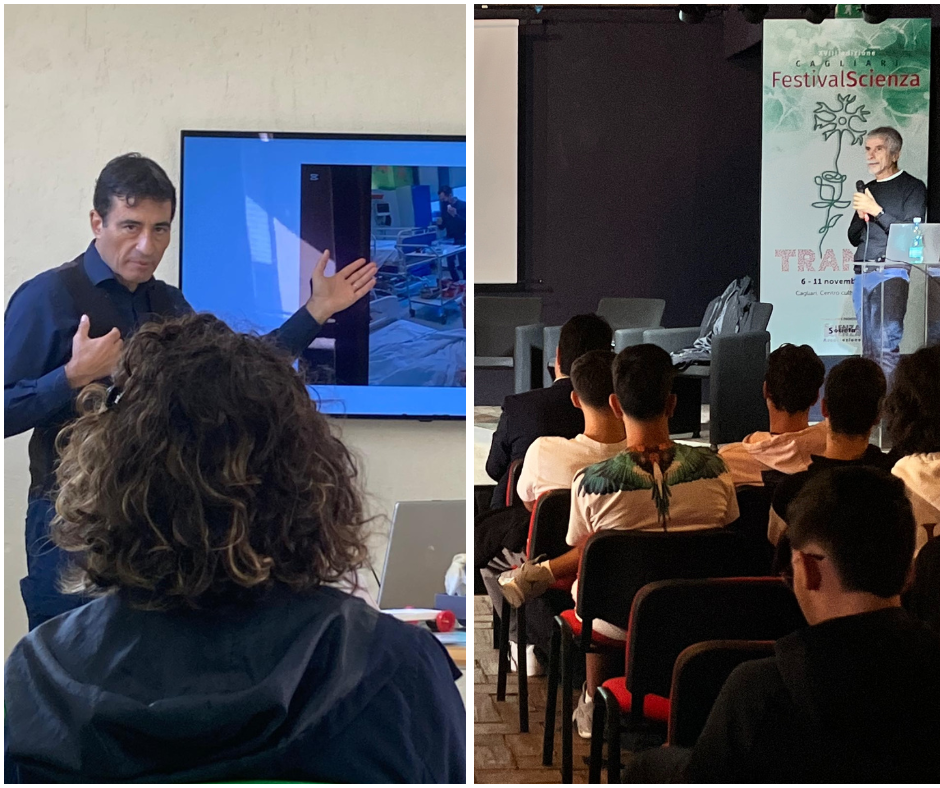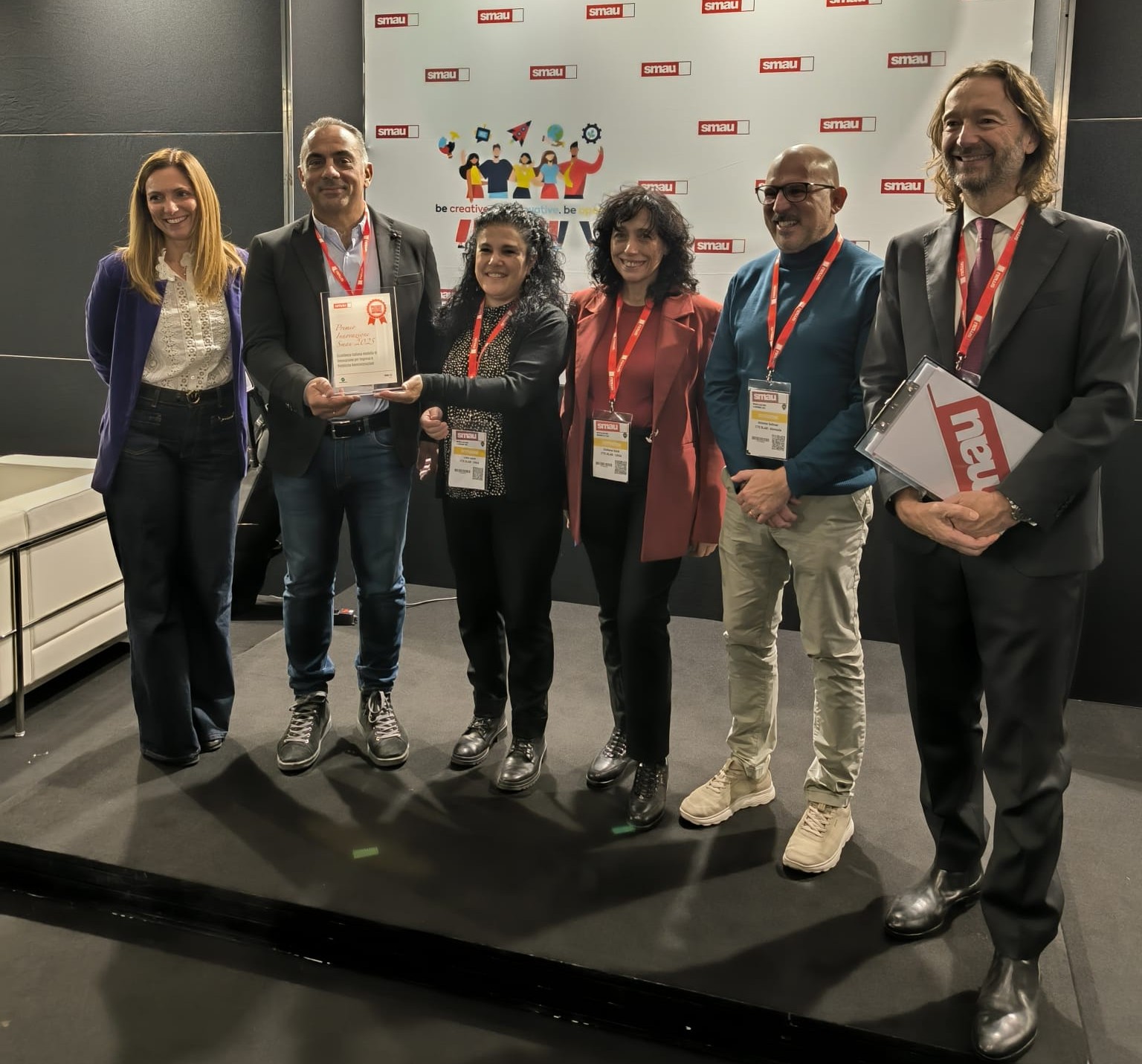From Sardinia to Europe with the RIALE-EU Project: two exciting experiences in Naples and Paris for the winning classes of the “In viaggio con la Scienza” contest.
After the wonderful experience of class 2A from the Istituto Comprensivo Selargius 2 in Naples (read the news), it was time for class 1B of the Istituto Tecnico Agrario “Duca degli Abruzzi” in Elmas (CA). This class, winner in the high school category of the “In viaggio con la Scienza” contest, travelled to Paris for three intense days of scientific and cultural discovery.
Unforgettable experiences in the name of research, exploration and awareness
Accompanied by teacher Marina Mainas and CRS4 staff members Raffaella Lai and Fabrizio Murgia, the 14 participants experienced three full days of science, exchange and culture in some of the most emblematic places of European research.
The group had the privilege of being the first ever class from the Island to visit the SOLEIL Synchrotron, one of the most advanced research centres in Europe dedicated to the study of synchrotron light generated by accelerated particles. Welcomed by Frédéric Jamme, Pierre Montaville and Serena Sirigu, the students explored a highly technological and inspiring environment, visiting three beam lines with evocative names: Proxima 1, Proxima 2 and Disco.
They observed the structure of the accelerator ring and gained insight into its complexity. They then discovered the diverse and concrete applications of synchrotron light, from agriculture and biology to cultural heritage preservation and the development of smart textiles for sports using circular economy models. They also explored applications in medicine, such as the study of antibiotic resistance and virus interactions with the human body.
In the afternoon, the scientific journey continued at the GEOPS Geosciences laboratory of Université Paris-Saclay, where, thanks to the excellent organisation by Rosella Pinna, the students became young geologists for a day.
After a brief theoretical introduction, they prepared rock samples for slides together with Valérie Godard, learning first-hand the effort and precision required in laboratory work. During a walk through the campus, surrounded by art and nature, the students reflected on how scientific research can interpret the language of the natural world.
Back in the lab, each student examined sediment samples under the microscope containing foraminifera – tiny fossilised marine organisms of great geological relevance – with the guidance of researcher Sophie Sepulcre.
With Nicolas Pige and Karim Lebeaupin, they handled rock cores – cylindrical samples obtained through coring from the ocean floor – and learned how these geological records help compare current climate conditions with those of the distant past.
To conclude the day, under the guidance of Rosella Pinna, the students experienced one of the most meaningful moments of their journey: wearing Personal Protective Equipment (PPE) – lab coats, gloves, and masks – and entering, like real researchers, a clean room, a controlled environment where even the air is filtered to ensure maximum purity. In this space, where rigour and precision are essential, they carried out an analytical procedure under a fume hood on geological samples, directly experiencing the responsibility and attention to detail that scientific work in the field demands.
The day ended with a symbolic and touching moment: a spontaneous demonstration of Sardinian traditional dance, offered as a gesture of gratitude to the university team, which enthusiastically involved researchers from all over the world – a beautiful example of how science can bring together cultures and traditions.
One shared vision: making science alive, accessible and participatory
Naples and Paris were not just destinations, but horizons of discovery – places where students had the opportunity to deepen and experience, in the field, what they had already explored in the classroom with their teachers.
The “In viaggio con la Scienza” contest, created as part of the RIALE-EU project coordinated by CRS4 researcher Carole Salis and funded by the Development and Cohesion Plan of the Autonomous Region of Sardinia, offered two Sardinian classes a rare opportunity: to move beyond the borders of the Island and engage directly with science, innovation and culture.
From the light of the synchrotron to ocean floor sediment cores, from university halls to planetariums, these students were not spectators but active participants, with our firm belief that we have planted a seed of curiosity and awareness destined to grow.
Each of them returns with a precious baggage: new questions, new possibilities, new perspectives.
And with them, the whole Island steps forward to engage beyond its regional borders, placing trust in its new generations – curious, creative, and full of potential.
A heartfelt thank you to all the schools involved, to the teachers who passionately supported these journeys, to the researchers who welcomed and inspired them, and – above all – to the students themselves, whose wonder-filled eyes remind us why investing in science and education is always the right choice.
🔗 Learn more about the RIALE-EU project: https://www.crs4.it/riale

